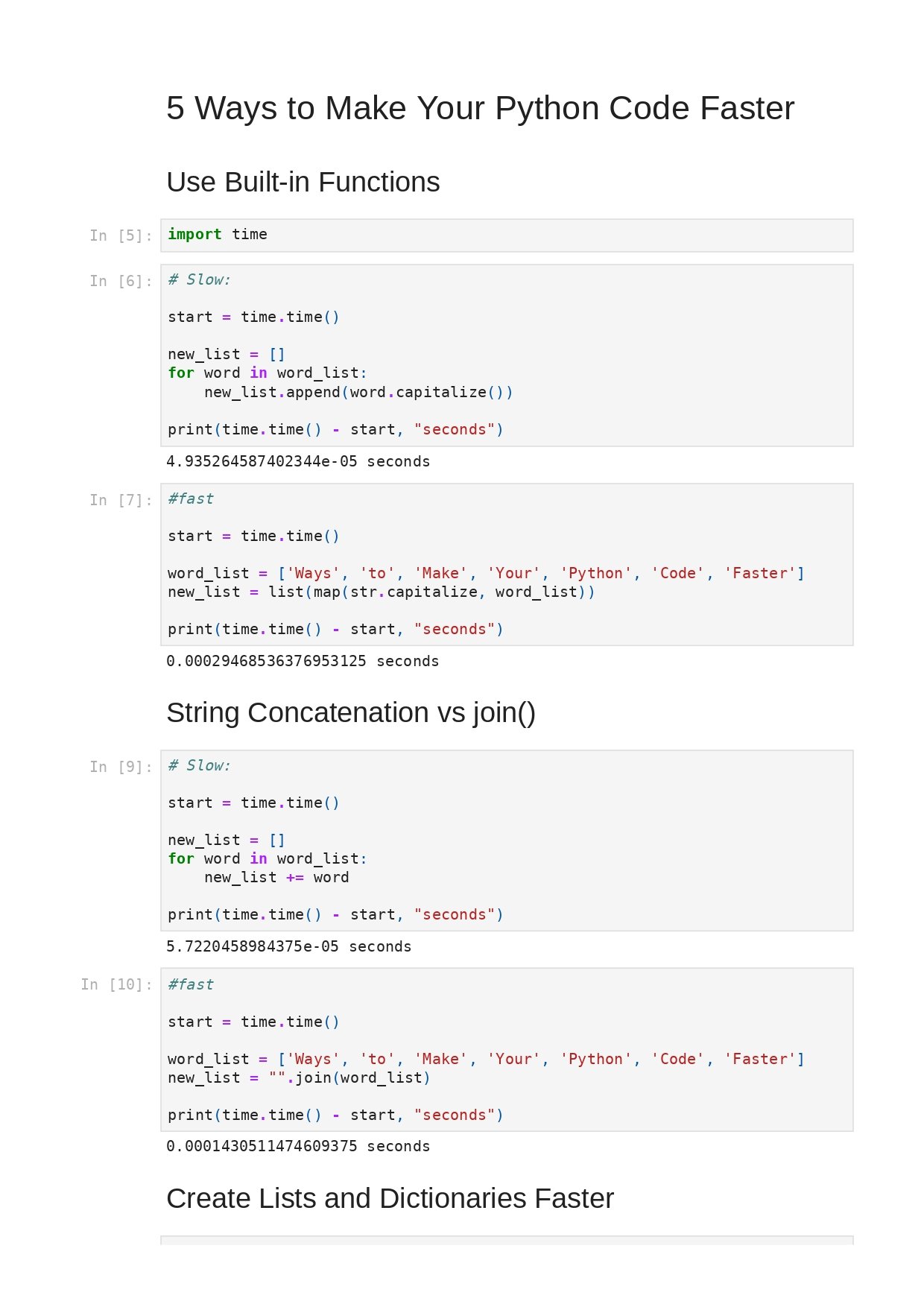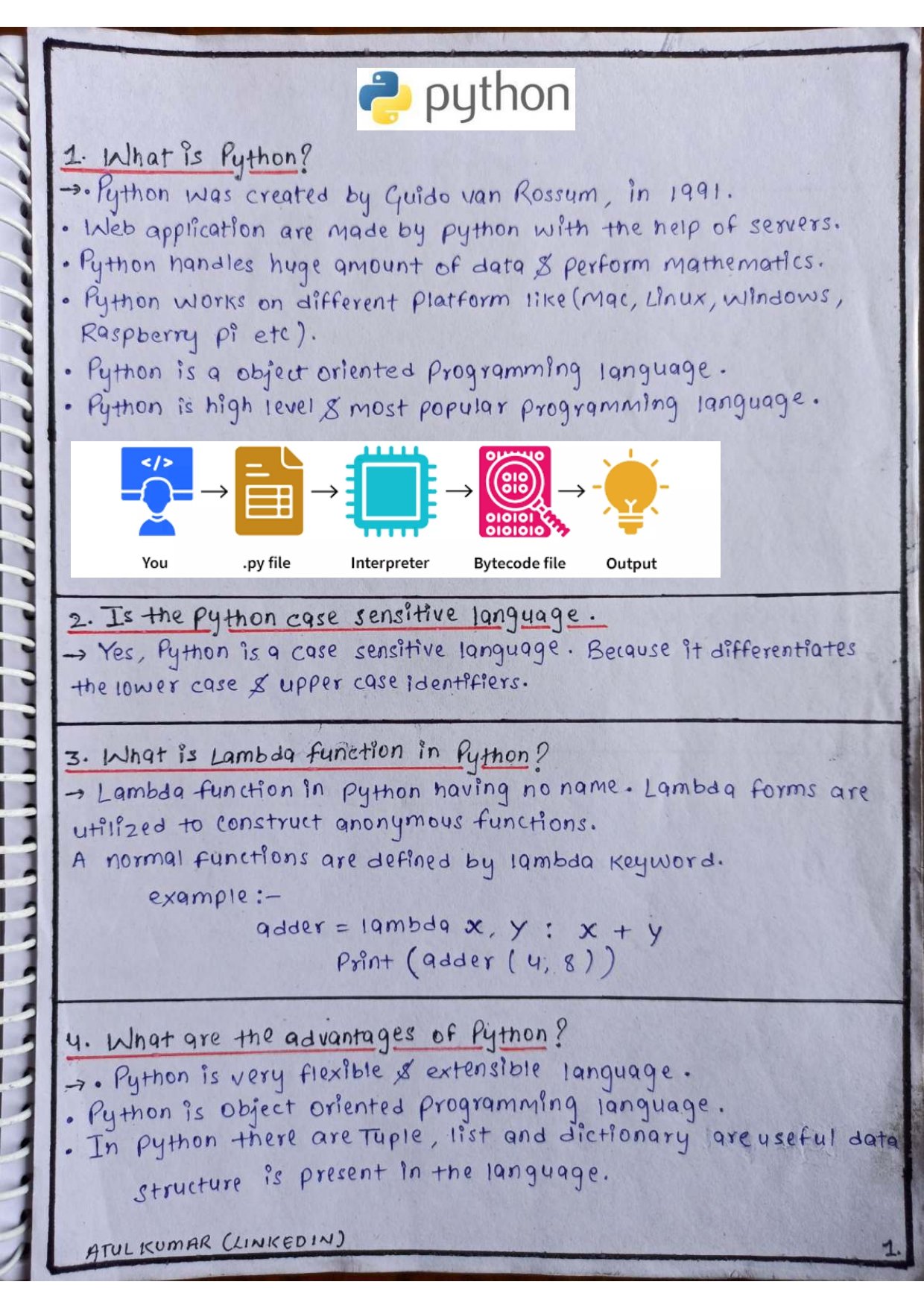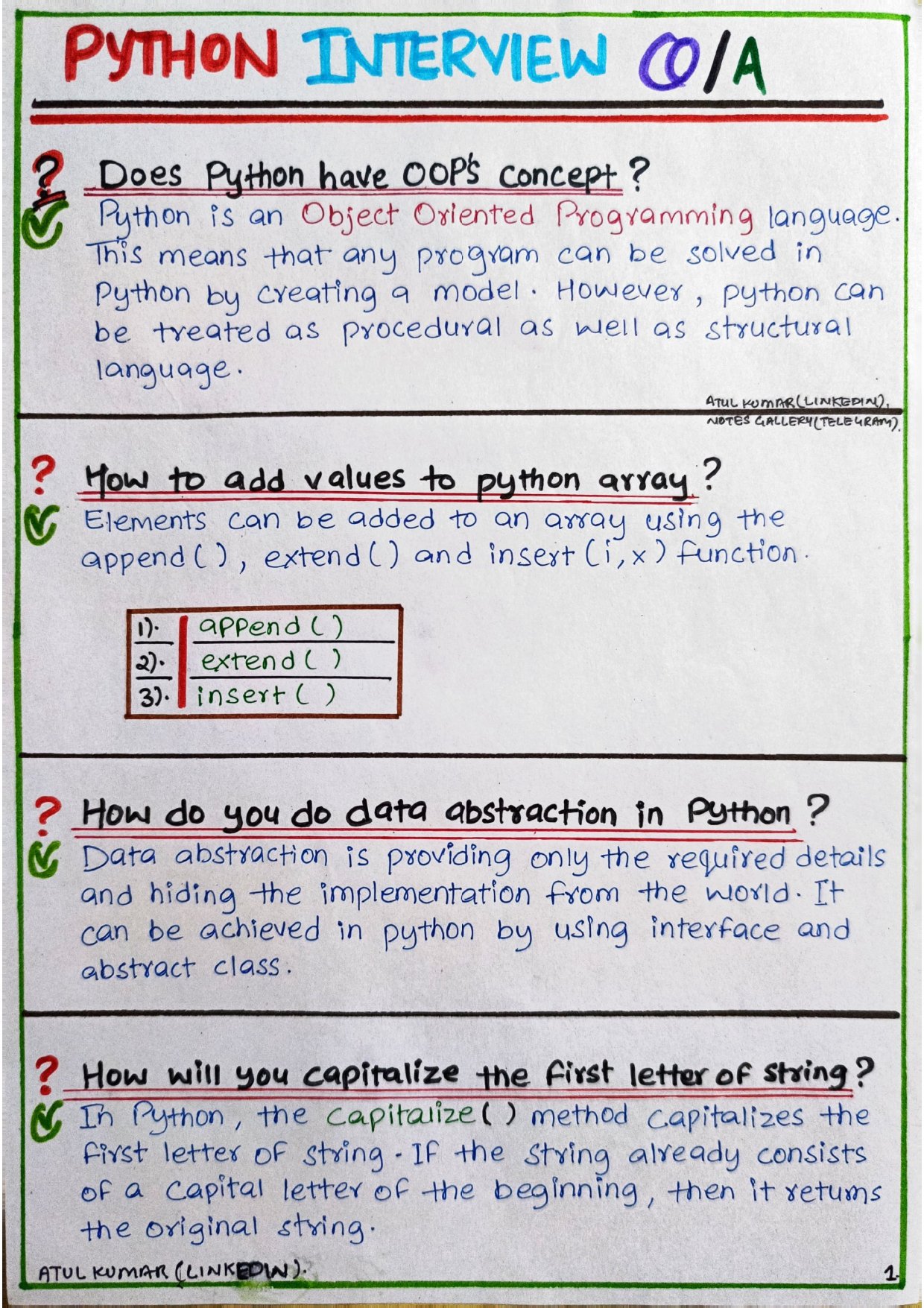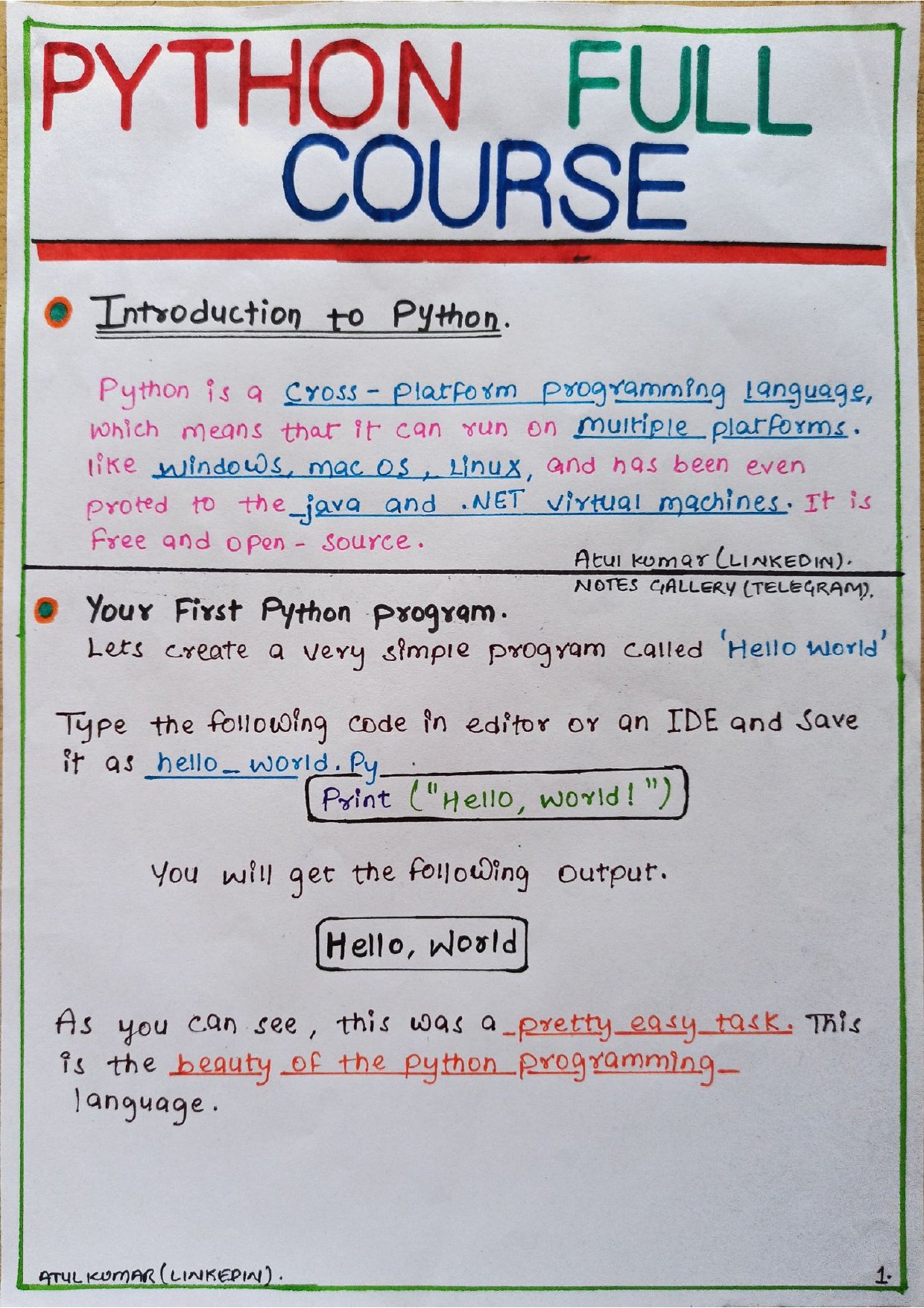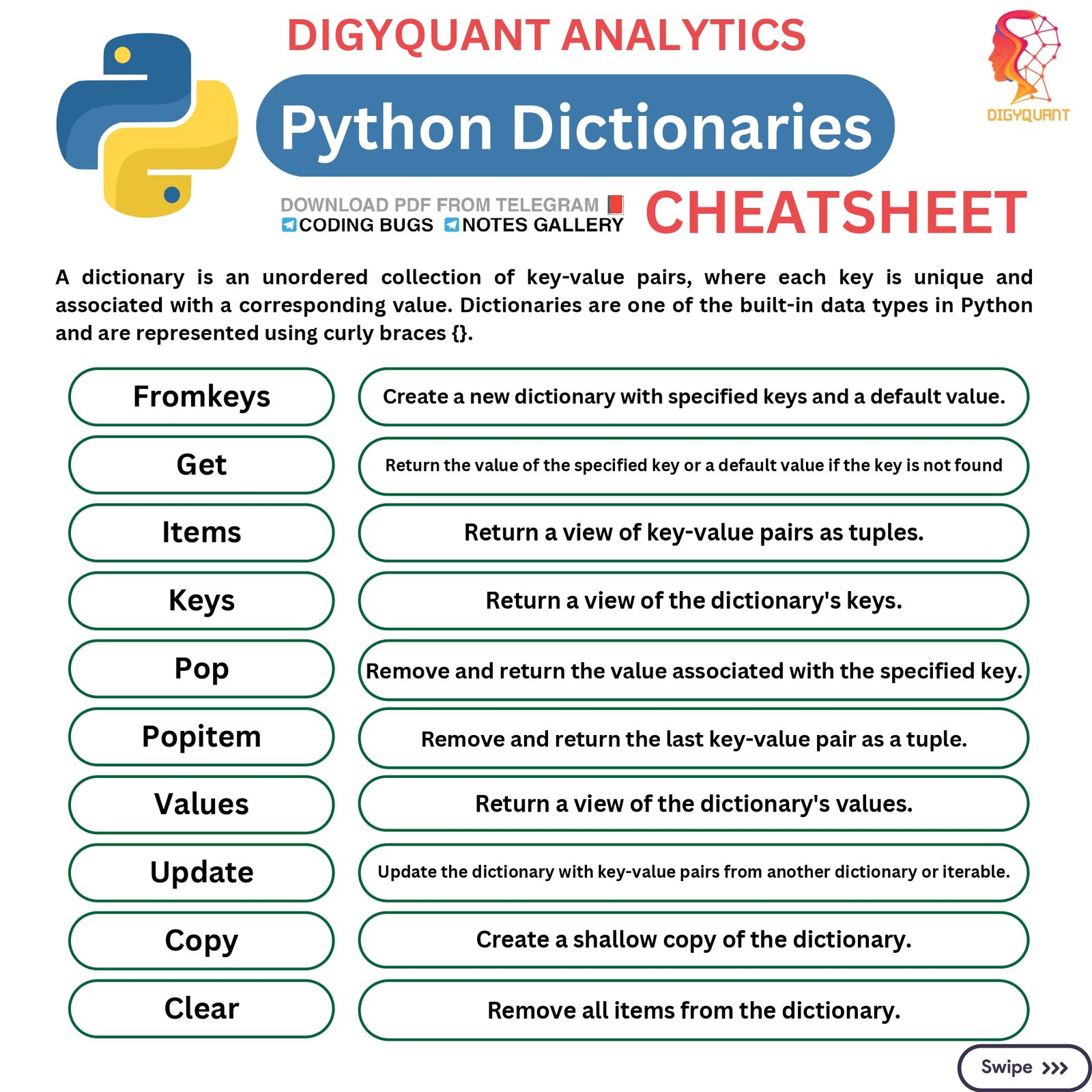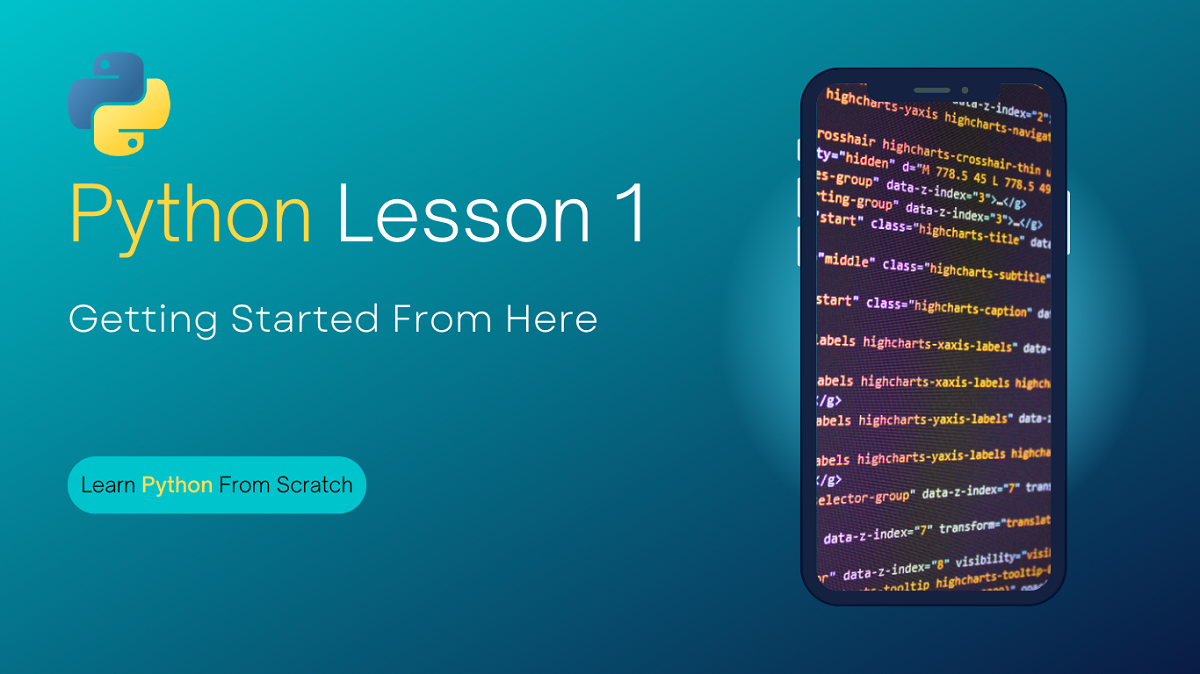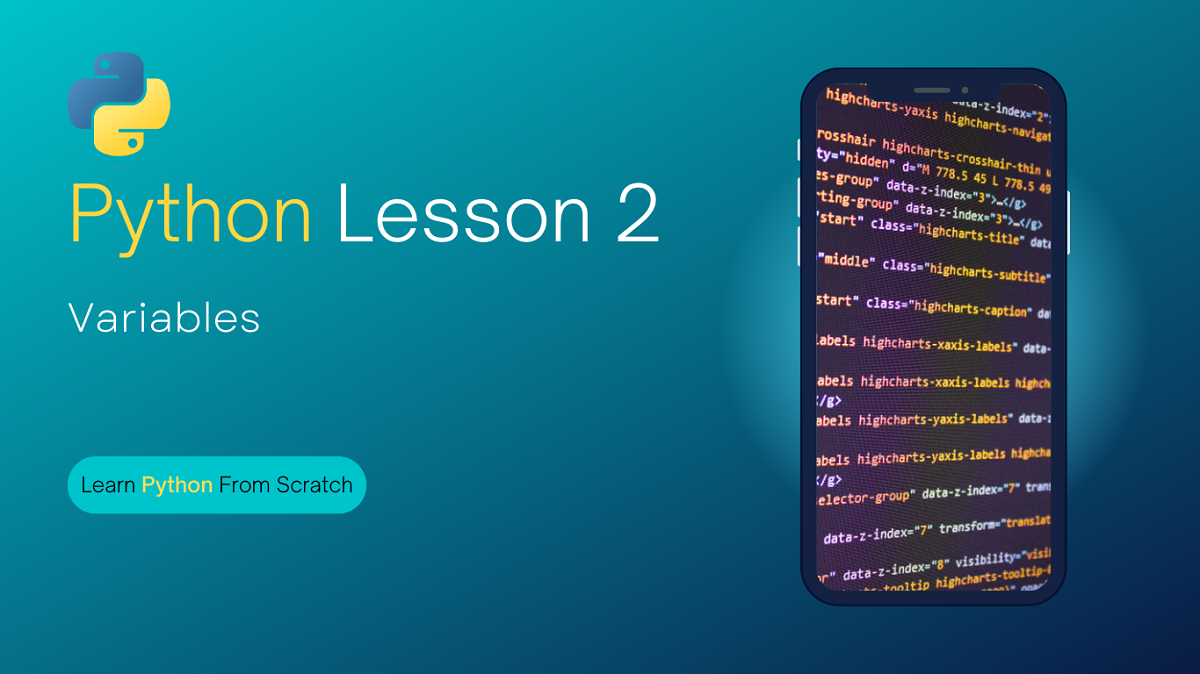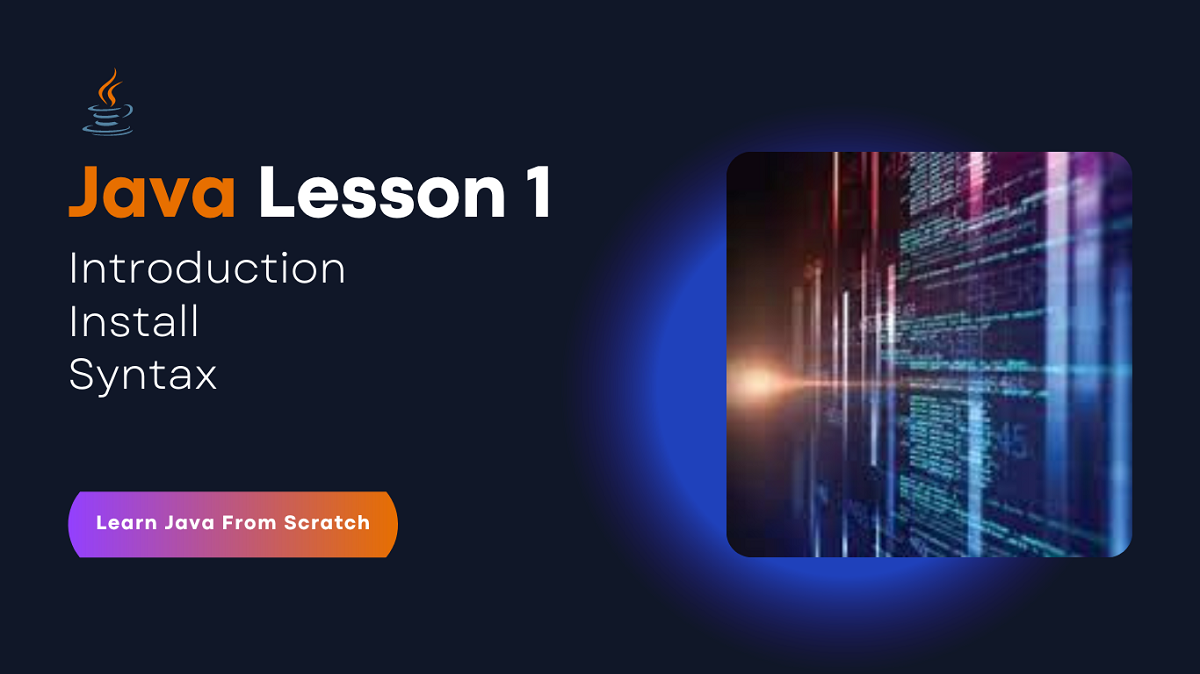5 Ways To Make Your Python Code Faster
Welcome to our blog post featuring the “Make Your Python Code Faster: PDF Guide.” Python is known for its ease of use and readability, but sometimes its interpreted nature can result in slower execution speeds compared to compiled languages. If you’re looking to optimize the performance of your Python code and make it run faster, this comprehensive PDF guide is designed to provide you with practical strategies and techniques to achieve efficient and speedy Python programs.
In this blog post, we present you with the “Make Your Python Code Faster: PDF Guide” – a downloadable and printable resource that will empower you to optimize your Python code for improved performance. Whether you’re a beginner or an experienced Python programmer, this guide will equip you with the knowledge and tools to identify bottlenecks and implement optimizations that make your code lightning-fast.
Why “Make Your Python Code Faster: PDF Guide”?
As your Python projects grow in complexity and scale, ensuring optimal performance becomes crucial. The “Make Your Python Code Faster: PDF Guide” addresses this need by providing a comprehensive collection of techniques and best practices to enhance the speed and efficiency of your Python code. This guide will help you overcome performance challenges and unlock the full potential of Python’s capabilities.
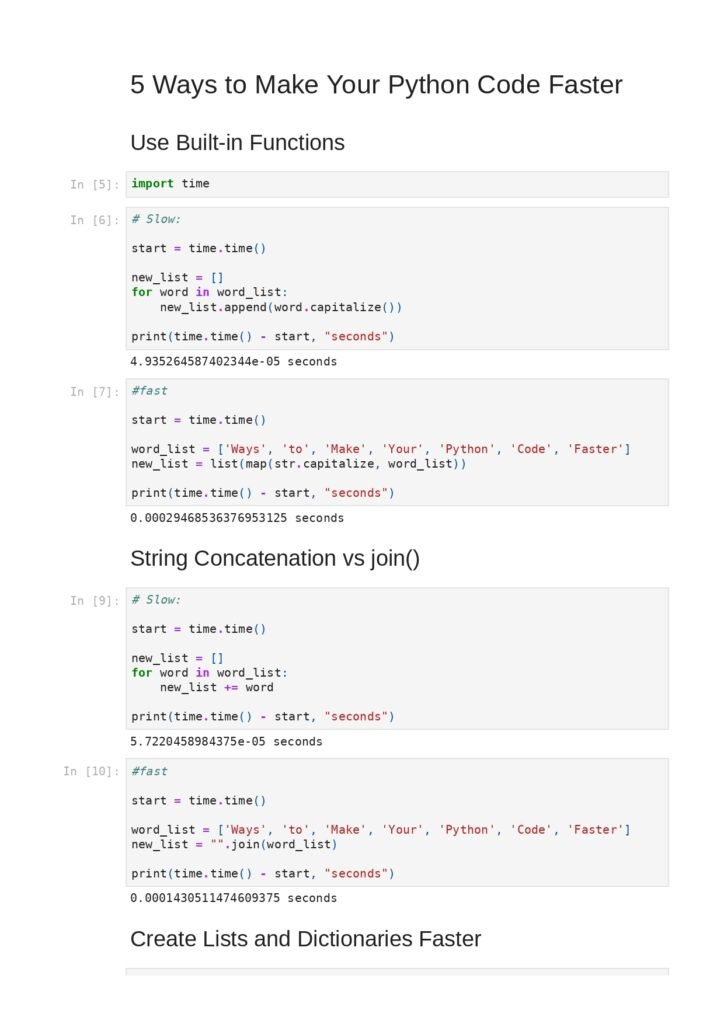
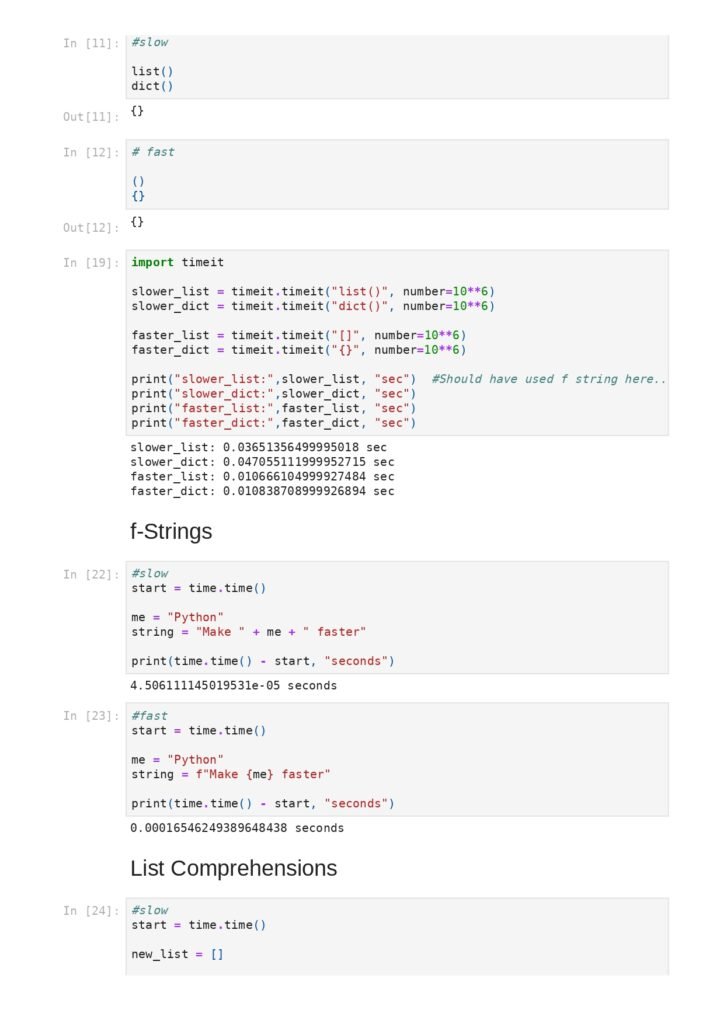
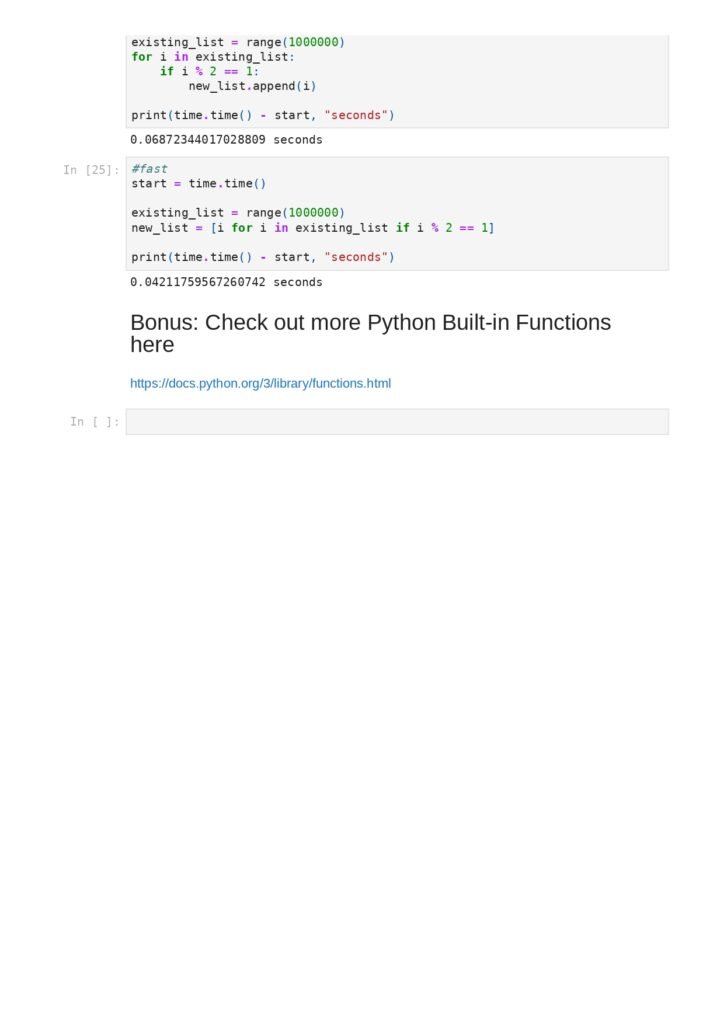
What to Expect:
The “Make Your Python Code Faster: PDF Guide” covers a wide range of strategies and optimizations, including:
- Profiling and Benchmarking: Techniques for identifying performance bottlenecks in your code and measuring its execution time.
- Algorithmic Optimization: Strategies to improve the efficiency of your algorithms and data structures for faster execution.
- Memory Management: Tips for minimizing memory usage and optimizing data storage to reduce overhead and improve performance.
- Code Optimization Techniques: Techniques such as loop unrolling, function inlining, and caching to streamline your code and eliminate unnecessary overhead.
- Leveraging Built-in Functions and Libraries: Utilizing optimized built-in functions and leveraging external libraries to speed up your code.
- Parallelization and Concurrency: Exploring the use of multiprocessing, threading, and asynchronous programming to leverage multiple cores and execute tasks concurrently.
- Just-in-Time (JIT) Compilation: An introduction to JIT compilation and tools like Numba that can dynamically compile your Python code for significant performance gains.
- External Tools and Techniques: Introduction to external tools and techniques like Cython, PyPy, and C extensions for boosting Python code performance.
- Profiling and Optimization Case Studies: Real-world examples and case studies demonstrating the application of profiling and optimization techniques to improve Python code performance.
This PDF guide provides in-depth explanations, code examples, and practical tips to help you optimize your Python code and achieve faster execution times.
Who Can Benefit from This Resource:
- Python programmers of all levels looking to optimize the performance of their code.
- Developers working on data-intensive applications, scientific computing, or machine learning projects that require fast execution times.
- Professionals looking to improve the efficiency of their existing Python codebase.
- Students studying advanced Python topics, seeking insights into performance optimization techniques.
Conclusion:
With the “Make Your Python Code Faster: PDF Guide,” you’ll have a comprehensive resource to supercharge the performance of your Python code. This guide will equip you with the knowledge and best practices to identify bottlenecks, implement optimizations, and unleash the full potential of Python’s speed and efficiency.
Stay tuned as we unveil this invaluable resource that will be your go-to companion in optimizing your Python code. Get ready to make your Python code faster with the “Make Your Python Code Faster: PDF Guide.”
Nu Of Pages
3 Pages
Download Python Code Faster PDF:
For Other Python Topics From here
